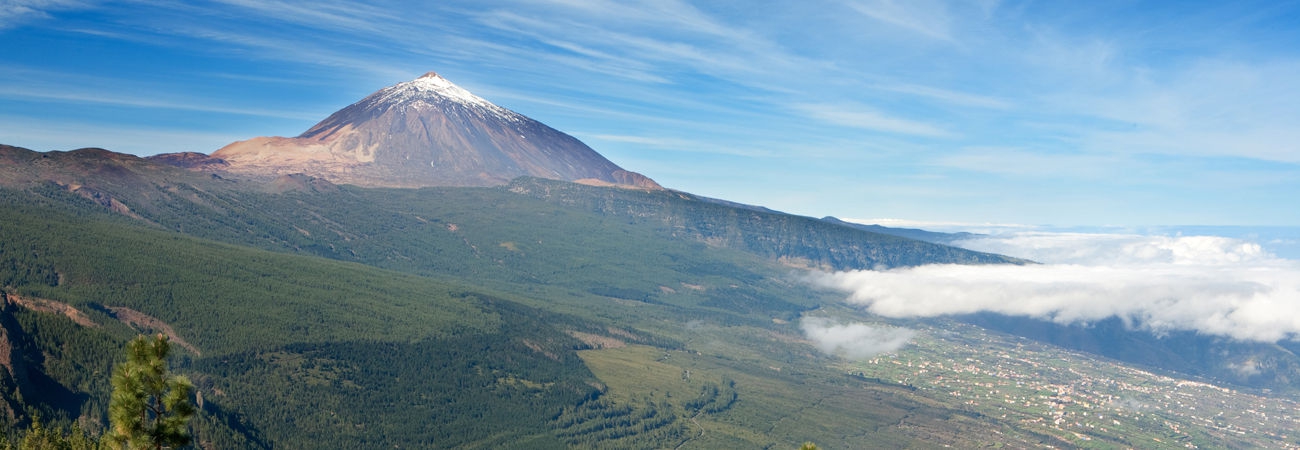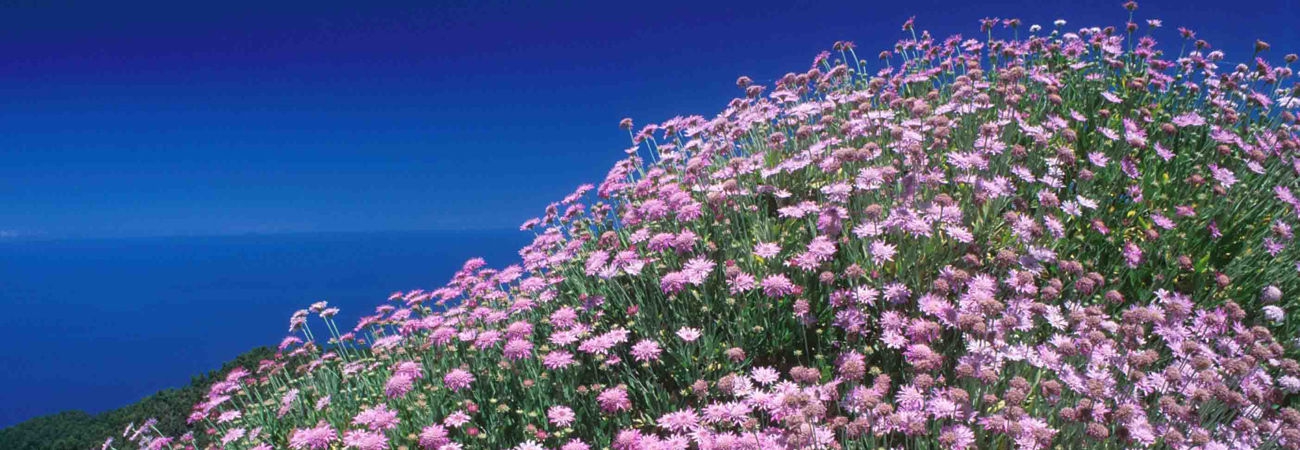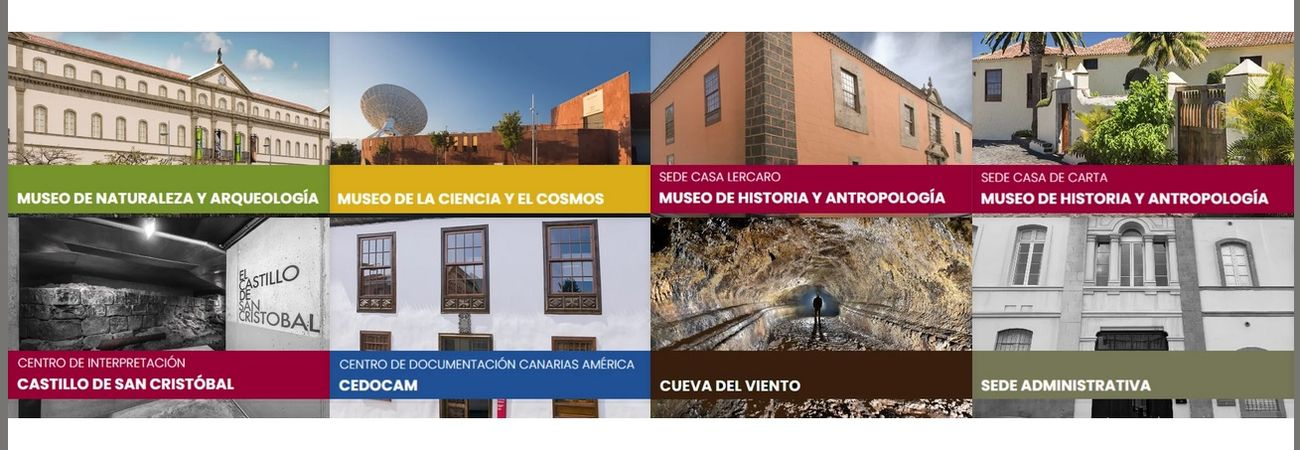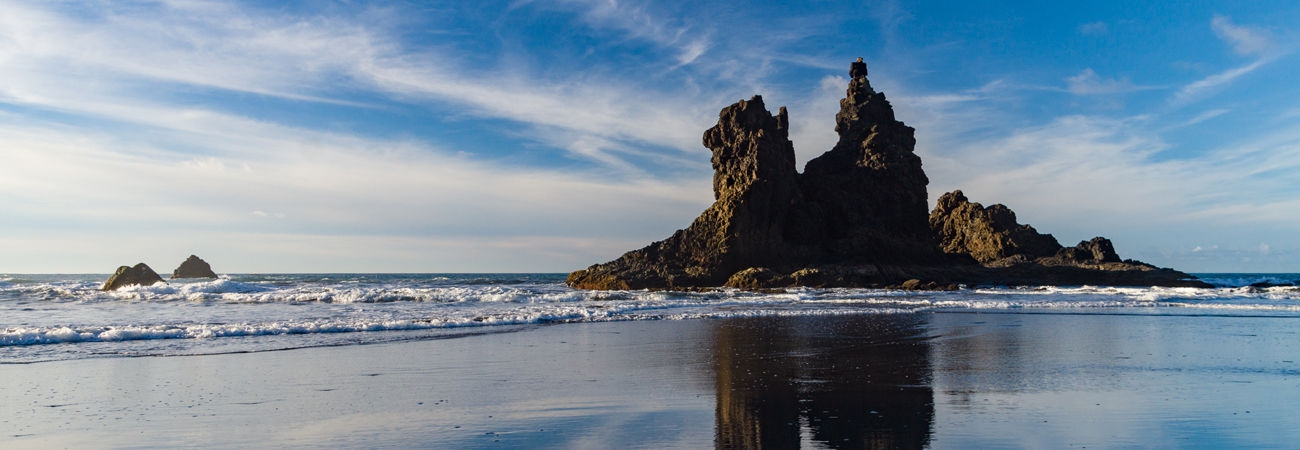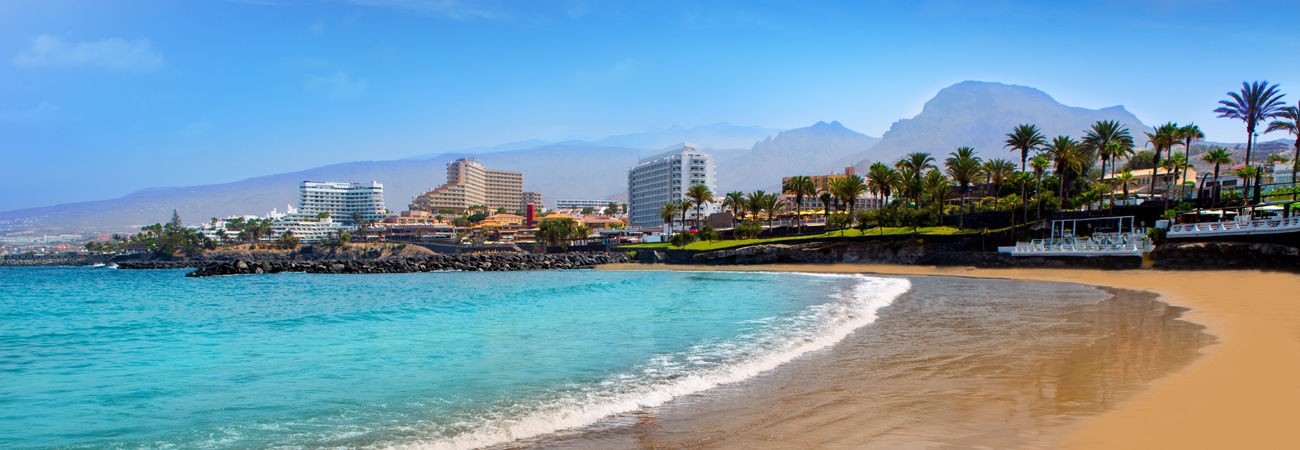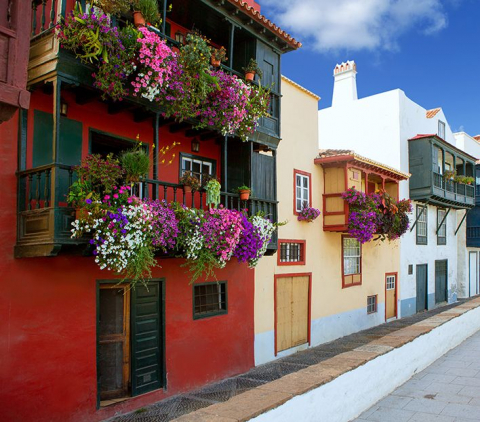Traditional Architecture
The traditional architecture of the Canary Islands, the architecture of stately homes and more humble houses for the people, takes its inspiration mainly from the traditional architecture of Andalucia and Portugal, although it also has a strong personality of its own.
The best of the Andalucian architecture - of which magnificent examples can be found in La Orotava and La Laguna - are the typical balconies and interior patios. Both rely heavily on wood, usually heart wood from the pine trees of the island, often magnificently worked by the hands of craftsmen.
Architecture
The facade of these buildings is usually simple, free of adornments, which are reserved exclusively for use in grand balconies, set with latticework louvres and broad overhangs over the street. Windows are usually sash-windows and they usually have seats on the inside, set into the wall.
Interior patios, genuine gardens in which you can still sometimes find a distilling stone (a curious and beautiful device used to filter water and keep it cool), are surrounded by a gallery, supported on posts of resiny pine, which gives access to the bedrooms and chambers of the house. Wooden stairs, in keeping with the whole style, lead up to the gallery.
The facades of traditional, thick-walled houses of the people are painted many different, and surprising colours, although, in recent years, there has been a trend toward painting them a uniform, impersonal white. You can find examples of this kind of architecture scattered all over the Island, like the one you can still see in the Masca House.
Official and religious buildings reflect the different styles that have prevailed in each age, from the immediate post conquest times - some churches like La Concepcion de La Laguna -, passing through the Baroque and Neo-classical trends to the more modernist styles of more recent years. La Laguna, La Orotava - whose town centres are national historic-artistic monuments -, Santa Cruz and Puerto de la Cruz conserve remnants of all these styles in their older and more personal streets. Of more recent architecture, mention is worth making of the head offices of CajaCanarias savings bank, in the heart of Santa Cruz, because of its original treatment of lines and spaces.










